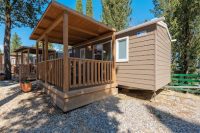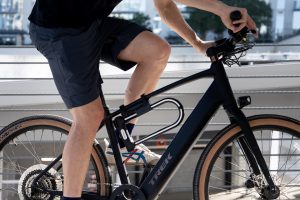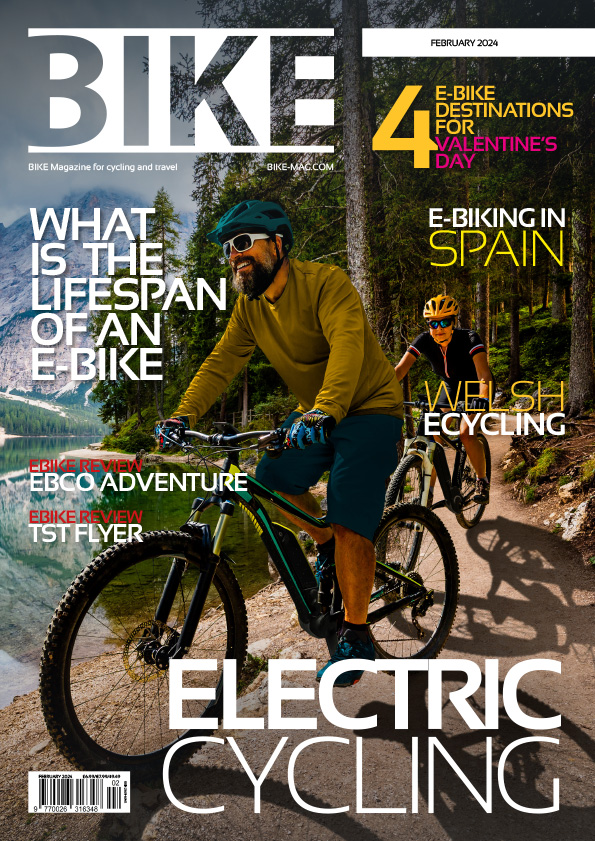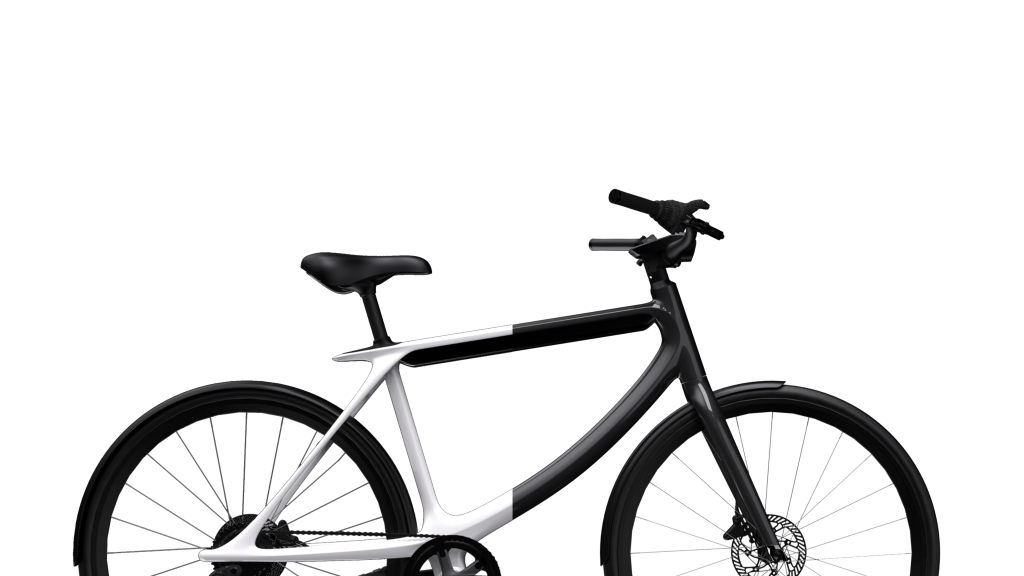Haibike SDURO AllMtn 6.0, Summarised:
- A trail worthy, full suspension electric mountain bike with stiff lightweight frame construction, optimised suspension and a tightly integrated mid-drive motor from Yamaha
- Upgraded 500 watt hour battery pack delivers 60+ miles on medium assist, powerful hydraulic disc brakes with 203/180 mm rotors and four piston calipers are easy to use and very smooth
- Simple remote button pad makes interacting with the control comfortable and intuitive, removable backlit display, integrated micro-usb port, internally routed cables, remote seat post dropper
- The charger is large and heavy, I’m not a huge fan of the way it connects given the proximity to crank arms and locking feature (which could tip the bike or get bent easier), more limited RPM range on the motor

What The Haibike SDURO AllMtn 6.0 Has to Offer
The Haibike SDURO AllMtn 6.0 is a near top of the line model from Haibike running a Yamaha mid-drive motor and upgraded 500 watt hour battery pack… That’s a 25% capacity increase from some of the lower-end models and prior year equipment. What I usually notice first about Haibikes is their beautiful purpose-built frames with angular tubing. The rear swing arm consists of four bars, orienting travel vertically and interfering less with braking action. You get light weight air suspension from RockShox, front and rear, with a Diamond Light Coating (DLC) meant to optimise slide and reduce stiction on the fork. Both wheels are connected with thru-axles for strength and stiffness and the hubs are slightly wider, featuring Boost Technology. This is one of many new e-mountain bikes with plus sized tires… 27.5″ x 3″ and that’s designed to improve traction given the heavier build of the bike at ~52 lbs and efficiency of electric assist helping to overcome drag. Schwalbe Nobby Nic tires come tubeless ready but apparently the rim has to be taped and a new stem added to actually run this way. I worked with a friend, Marc Johnson, of ReCycles in Irvine California for this review. He owns this model personally and was able to dig into some of the details with me on camera. I love how integrated the motor and battery are, without being built into the frame. This allows for quicker removal and less expensive replacement while also making them forward compatible from the smaller pack size. You don’t get the large open triangle that some other models from Specialized and Bulls are offering but the price tag here is lower. With four frame sizes to choose from, a wide dealer network worldwide and a control system that is easy to use and fairly advanced (integrated Micro USB port, soothing backlight, removable screen) I’m a fan. The only consideration is a slower cadence operation compared with Bosch. It’s great for ascending and offers plenty of torque. You can set multiple cogs up front (this has a 20 speed drivetrain) and I like how compact and protected it all is with a replaceable plastic shield at the bottom bracket… Just note that it doesn’t have a shift detection controller so you’ll want to change gears thoughtfully to reduce stress on the chain, scraping on the rear cogs and bending on the derailleurs.

Driving the bike is a 250 watt nominally rated, 500 watt peak, 80 Newton meter motor from Yamaha. It’s one of the quieter mid-drive systems I’ve tried and it’s certainly powerful. Using a range of sensors including rear wheel speed, pedal cadence and pedal torque, it responds naturally. Yamaha advertises a “zero cadence” feature meant to excite mountain bikers and it certainly starts fast… but to me it’s on par with Bosch. The material advantage to me is a near $1,000 price difference between most competing models. Marc argued with me on this point defending zero cadence and I welcome you to chime in if you’ve tested both. It certainly works well and is one of the leading systems on the market today.
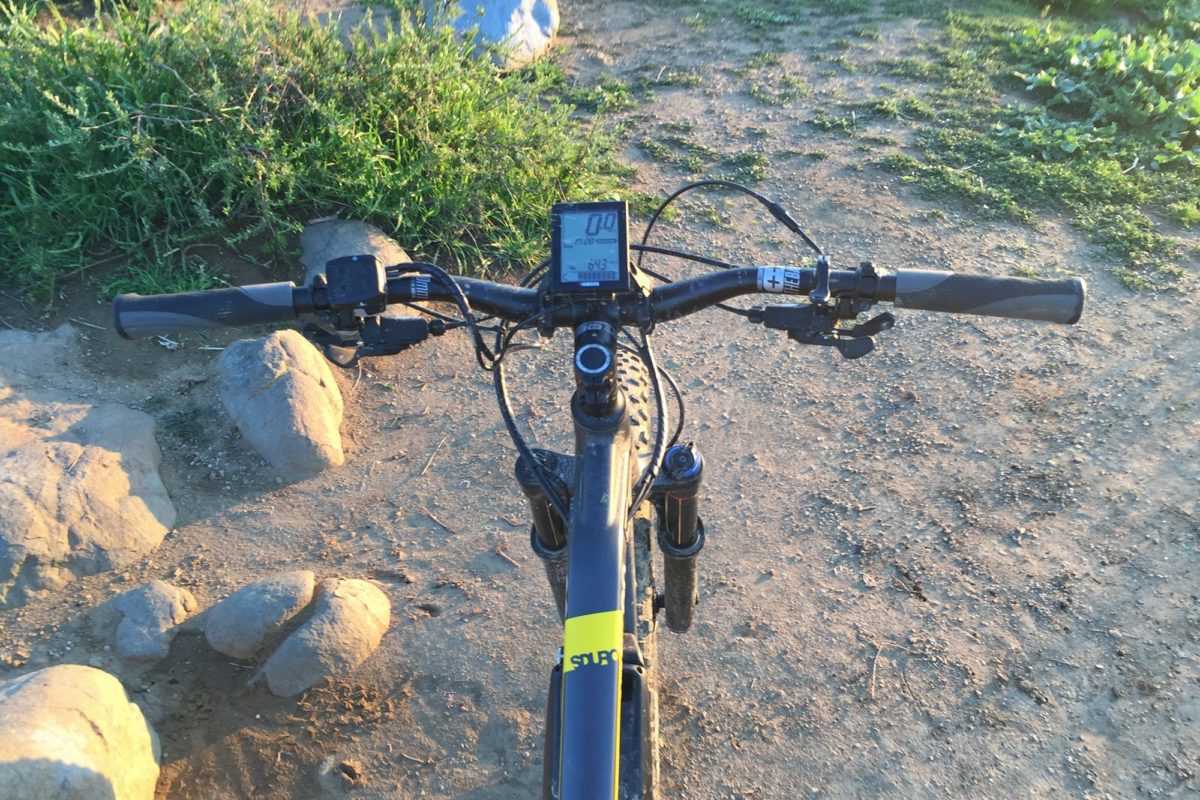
Powering the motor and display system is a Lithium-ion battery pack that connects mid-frame on top of the downtube. Unlike Bosch and most others, it slides in from the side allowing for a more sloped top-tube and lower stand-over height. I like this design and appreciate the plastic loop at the top for carrying. You can charge the pack on or off the frame and removing it shaves 6.7 lbs making the bike easier to lift, service and transport. Both wheels also offer quick release and the display panel is removable. I love that… So the battery looks exactly like the smaller 400 watt hour pack from years past and charges relatively fast with the included 4 Amp charger. I do feel that this charger is larger and heavier than necessary, at least compared to other chargers on the market today. You get plenty of range with the 500 watt hour battery pack (between 60 and 120 miles depending on assist level, terrain, rider weight etc.) so hopefully you don’t have to carry the charger with you in a backpack… and you probably will need a backpack given the lack of bottle cage bosses on the bike. This is a fairly common occurrence with ebikes and you could add a saddle rail adapter to solve it. Note the quality saddle and decent seat post dropper that come stock. Even the pedals are decent considering many high-end bicycles forego them altogether. My final gripe with the battery and charger has to do with how they connect. The charging port is a little circle and the charging cord ends with a circular male plug that inserts into place. Sure, you want a secure connection for charging but what if you trip over the cable or the bike tips or the pedals get bumped and spin into the plug?! Bad news hombre. Some other systems use the magnetic EnergyBus standard that just pops out, possibly not even tipping your bike. I wish Yamaha would adopt a solution like this.
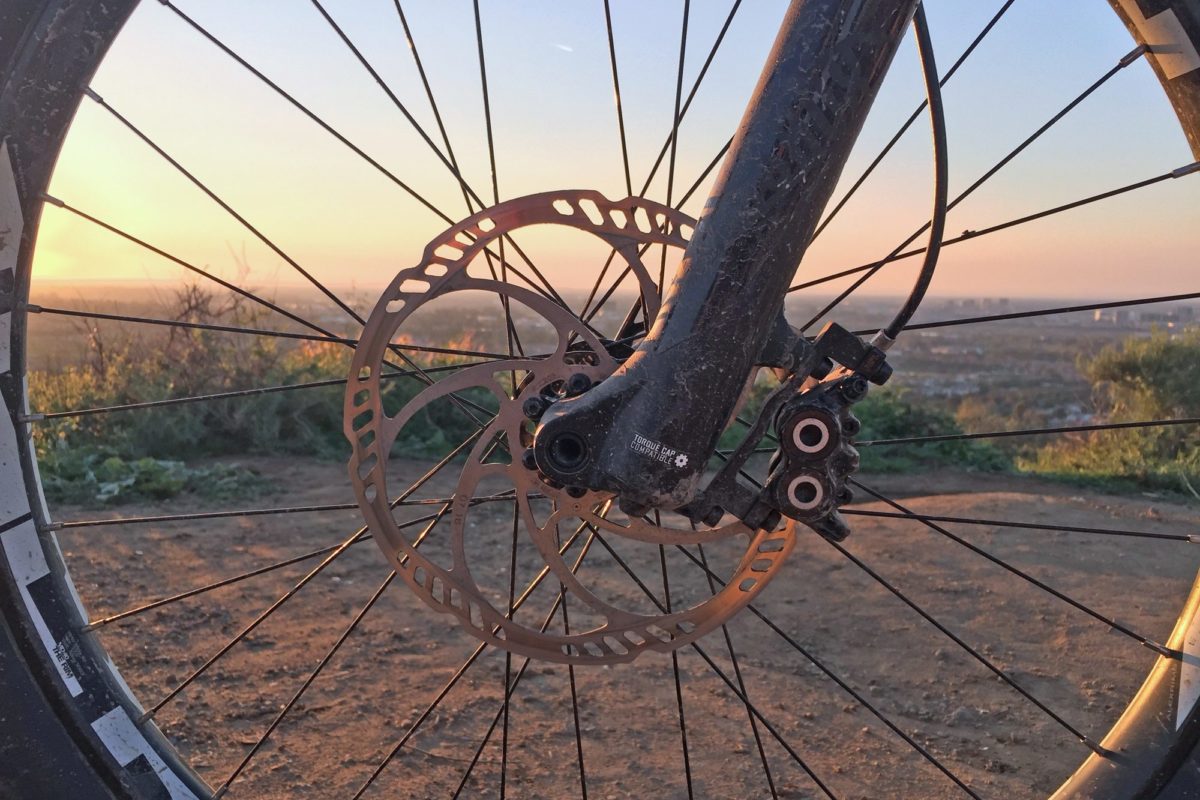
Operating this electric bike is fairly simple. Once the battery is charged and clicked onto the frame (I believe you have to physically turn the key to lock it on vs. an automatic click) the display can be powered on with a press on at the remote button pad. I love how easy this pad is to reach, how it only has four buttons on top and that it appears to be well sealed against water and mud. Marc echoed this sentiment stating that he’d learned how to use it without looking in just a few short rides. It’s nice to have controls within reach that aren’t confusing when you’re riding in off-road conditions. Between the locking grips, the two-finger hydraulic disc brakes and the large LCD display panel… it’s very usable. And that display panel is well laid out. I like that it offers a 10-bar battery infographic and battery percentage readout! You also get a range estimator that changes dynamically as you arrow up or down between the four assist levels. These are features that only the high-end ebikes offer today. The other readouts on the display have to do with trip stats and can be cycled through using the S button below the power button. Note how the handle bar rises up and the stem is negative angle so you end up with a simulated flat bar but get the protection of the grips and metal tubing in the event of a bail. This was designed to protect the nice large display.

My understanding is that an All Mountain bike should be capable of downhill riding but still function on rolling hills and climbing. You get plenty of suspension adjustability here and a geometry that isn’t set too far back. The bike handles well and feels nice over the bumps but isn’t so specialised that you couldn’t tool around town with it. I’m a huge fan of full suspension given the distance and speed that ebikes empower their riders with and usually that comes with a much higher price tag. While the SDURO line can still be expensive and the 6.0 is higher in the range, you get a lot of premium hardware for under $5k. The warranty is 2 year comprehensive with 5 on the frame and even non-electric bike shops should be comfortable servicing it. Just remember to shift consciously at first and you’ll get the hang of the motor. Be careful with the battery pack and larger display and bring your CamelBak or other accessory bag. Big thanks to Marc and Haibike for partnering with me on this review, it’s always great to have an expert on-hand and his drone footage was a neat addition to the video towards the end 🙂
















